ROAS (Return on Ad Spend) is a popular metric that can help businesses evaluate if their campaigns are successful. It’s a simple calculation of ad spend divided by revenue. It will tell you how much revenue you earned for every dollar spent. Try our ROAS calculator.
It can often be confused with ROI (Return on Investment), and too often marketers will rely on merchants using the terms superfluously to inflate their success. 300% ROI sounds great right? However, ROAS is much different. ROI takes into account other expenditures and gives you a much clearer idea of profit. Whereas ROAS does not give you any indication of what your profit is.
So how do you know at what percentage of ROAS you are making a profit? That’s where it gets a little fuzzy. Profit margin varies from company to company (and even product to product), but there is a general range that most eCommerce companies will fall into.
Danger!
0% to 399%
In this range, most eCommerce companies are seeing a loss.
For example:
Say your company is seeing an ROAS of 300% on your AdWords campaigns. This means that for $1 spent in AdWords, you received $3 in revenue. That leaves you with $2. If the product costs you $1, and your profit is 50% of that product, you are down to .50. But you also have to pay for the agency and/or employee fees, and any other business overhead expenses. In addition, in Google Analytics revenue includes shipping. Can your business cover all of that with .50 per product? Probably not. And what if the product costs you $2 or more? In this instance, you will need a much higher ROAS to make a profit.
Heads Up!
400%-799%
In this range, many eCommerce companies are breaking even, and/or beginning to see a bit of profit. However, as with the explanation above, it depends on your profit margin and other expenses. If you have a 20% margin, and high employee expenses/overhead you may still be losing money on your digital marketing. However, if you have a 100% margin and little overhead, this could be a good range for you.
Nice Work!
800%+
Beginning at around 800% ROAS we see very few companies that are not making a profit. At Classy Llama, our Marketing Services department views the floor at 900%. If we are only breaking even for our clients, then we do not feel we are doing our job, therefore we much prefer to see things in the 1,200%+ range.
Keep in mind that campaign objectives can skew what is an acceptable ROAS or ROI. Not all campaigns focus on driving direct revenue. Value extends far beyond directly trackable revenue. Branding awareness, engagement, and email subscriber campaigns would fall into this category. See our blog Why ROI Doesn’t Matter for more on this. In addition, some campaigns may have a revenue-driving purpose, but will not yield a high calculable ROAS. For example, a call-only campaign is a bit harder to track actual revenue, so the ROAS for these campaigns is low but could still be very valuable.
In the end, don’t accept an ROAS percentage at face-value. To truly discover the right ROAS for your business, it’s best to calculate your ROI first and work backward. By gaining a better understanding of what your marketing, and your marketing agency, is doing for you, you will know where you need to spend more or less of your dollars and what is truly benefitting you.
Don’t know what your ROAS is? Check out our handy ROAS calculator.
